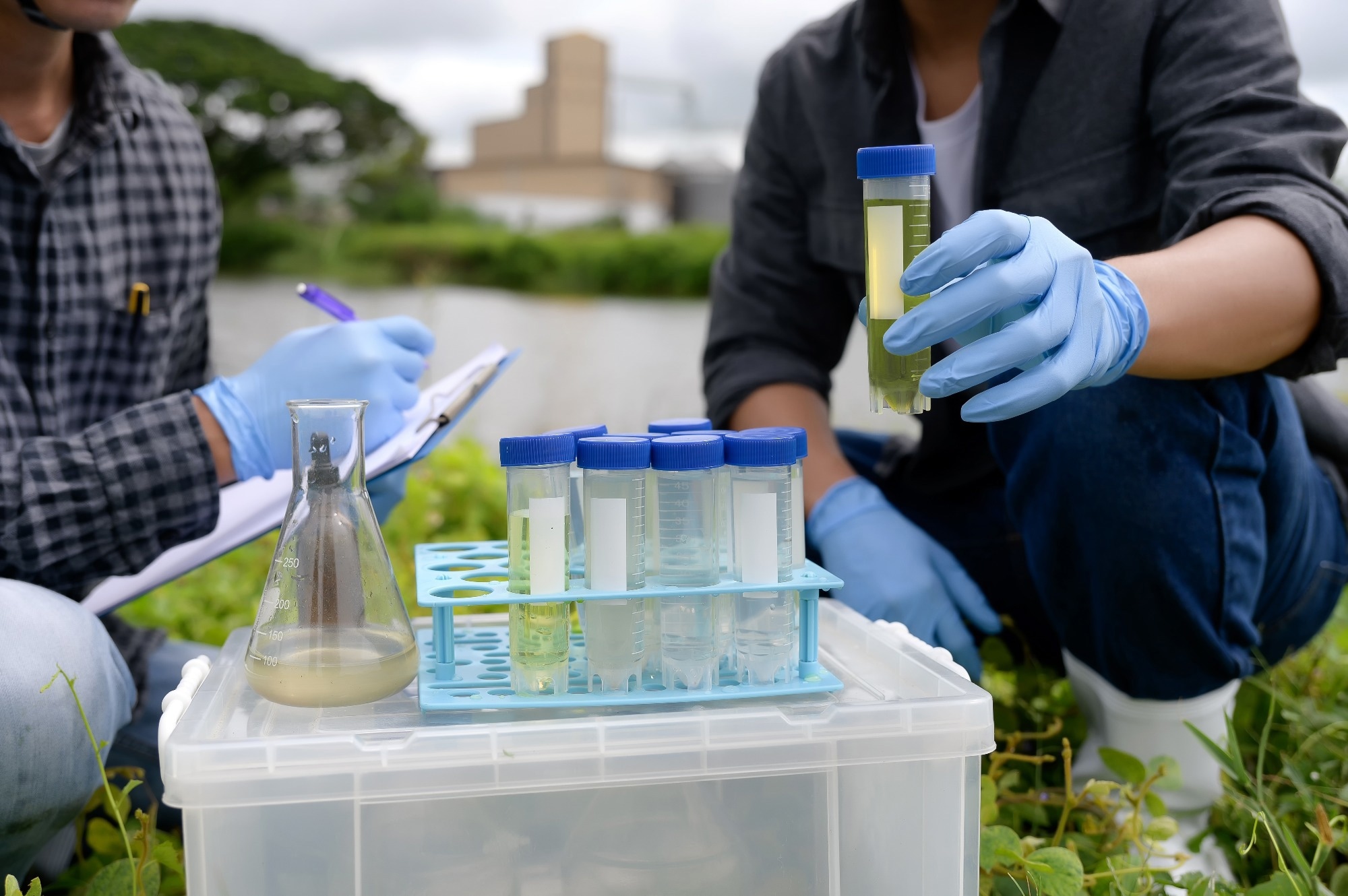In a recent article published in Molecules, researchers developed a novel analytical method for the rapid detection of eleven food additives in river water. Using C18 functionalized magnetic organic polymer nanocomposite combined with high-performance liquid chromatography (HPLC), the researchers aimed to enhance the sensitivity and efficiency of the detection process.

Image Credit: SORN340 Studio Images/Shutterstock.com
The findings of this research are expected to contribute to improved monitoring practices for food safety and environmental protection.
Background
Food additives are widely used in food production for preservation, flavor enhancement, and color improvement. However, their extensive use has raised concerns about potential accumulation in the environment, particularly in water systems. Traditional methods for detecting these additives often lack the sensitivity needed for trace analysis in complex matrices like river water.
Recent advancements in material science have introduced innovative approaches, such as molecularly imprinted polymers and magnetic nanoparticles, that significantly improve the extraction and detection of target analytes. Integrating C18 functional groups into magnetic organic polymers enhances their affinity for hydrophobic compounds, making them ideal for extracting food additives from aqueous samples.
The Current Study
The research involved synthesizing a C18 functionalized magnetic organic polymer nanocomposite, designed to selectively adsorb food additives from water samples. The synthesis process included coating iron oxide nanoparticles with oleic acid, followed by the incorporation of polyvinylpyrrolidone (PVP) and other reagents to create a stable polymer matrix. The resulting composite was characterized using various techniques, including Fourier-transform infrared spectroscopy (FTIR) and elemental analysis, to confirm successful functionalization and determine the material's composition.
A series of experiments were conducted to optimize the extraction conditions and evaluate the nanocomposite's performance. Variables such as water sample volume, adsorbent amount, and elution solvent were systematically adjusted to achieve the highest recovery rates for the target food additives.
The optimized method involved dispersing 40 mg of the C18−PS−DVB−Fe3O4 composite in 100 mL of river water, followed by stirring to facilitate adsorption. After a specified contact time, the solid-liquid separation was performed using a magnetic field, and the adsorbed additives were eluted with a 20 mmol/L ammonium acetate solution. The eluent was then analyzed using HPLC to quantify the food additives.
Results and Discussion
The results demonstrated that the C18 functionalized magnetic organic polymer nanocomposite effectively enriched the target food additives from river water samples. Optimization experiments showed that a sample volume of 100 mL yielded recoveries exceeding 88.7 % for the eleven food additives tested. The method achieved a high enrichment factor of 100 times, indicating its potential for trace analysis in complex matrices. The linear range for the detection of the food additives was established between 0.1 and 10 μg/mL, with correlation coefficients above 0.9990, showcasing the method's reliability.
The limits of detection (LODs) and limits of quantification (LOQs) were found to be between 0.6 and 3.1 μg/L and 2.0 and 10.0 μg/L, respectively, making them suitable for environmental monitoring. The method's precision was assessed through intra-day and inter-day repeatability tests, yielding relative standard deviation (RSD) values below 5.9 % and 8.8 %, respectively. These results indicate that the method is both accurate and reproducible, making it a valuable tool for the detection of food additives in environmental samples.
The study highlighted the significance of using a magnetic solid-phase extraction (Mag-dSPE) approach, which simplifies the sample preparation process and enhances the efficiency of analyte recovery. The use of a functionalized magnetic polymer not only improves the selectivity for hydrophobic food additives but also allows for easy separation from the sample matrix.
Conclusion
This study successfully developed a novel analytical method for rapidly detecting food additives in river water using a C18 functionalized magnetic organic polymer nanocomposite. The method demonstrated high sensitivity, selectivity, and reproducibility, making it suitable for environmental monitoring of food additives. The findings underscore the importance of innovative materials and techniques in addressing food safety and environmental protection challenges.
Future research may focus on expanding the range of detectable substances and applying this method to various environmental matrices, further contributing to understanding food additive contamination in aquatic ecosystems. This work provides a practical solution for monitoring food additives and emphasizes the need for ongoing vigilance in safeguarding public health and the environment.
Journal References
Lei C., et al. (2024). Fast Determination of Eleven Food Additives in River Water Using C18 Functionalized Magnetic Organic Polymer Nanocomposite Followed by High-Performance Liquid Chromatography. Molecules. DOI: 10.3390/molecules29153675, https://www.mdpi.com/1420-3049/29/15/3675